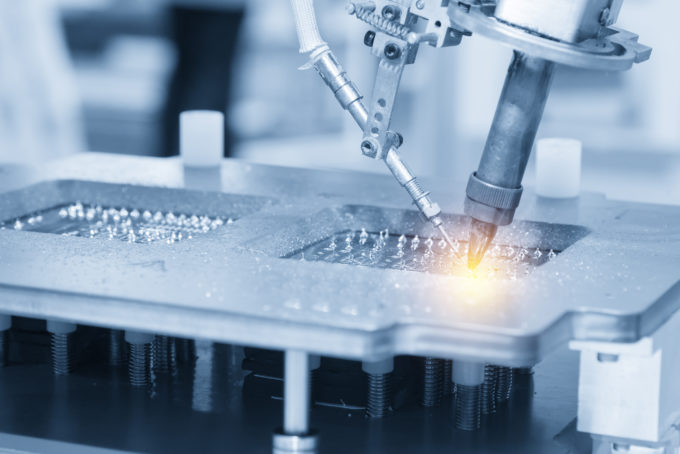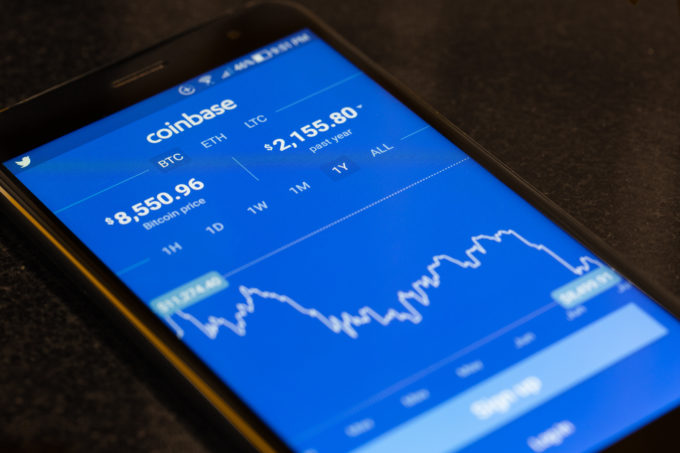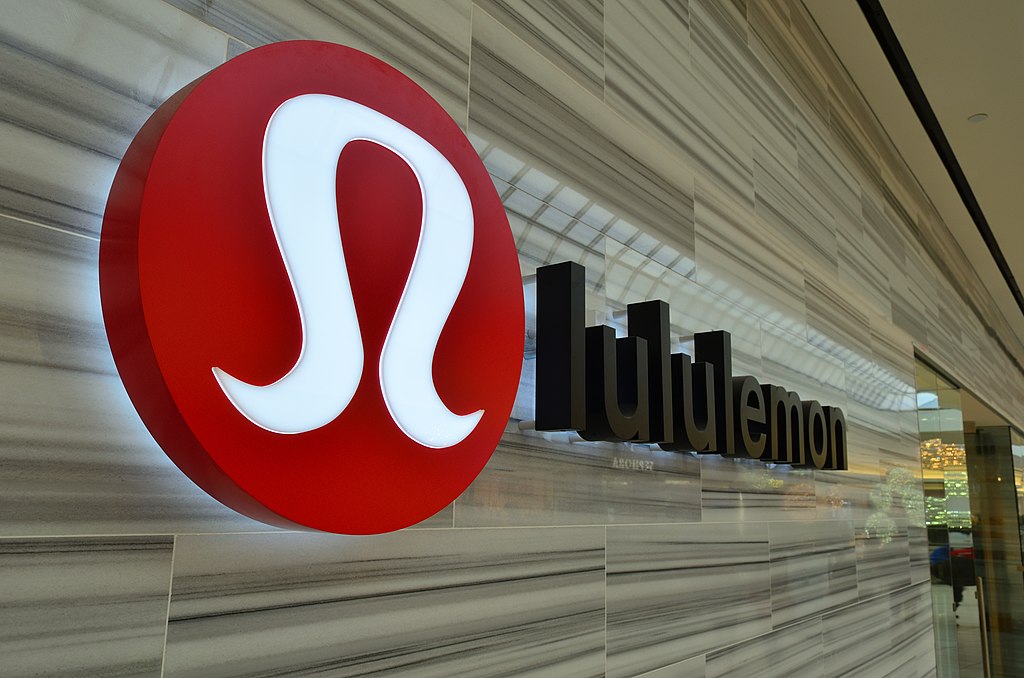Of course, a sleek website and a clean mobile app are only the starting points. Behind the scenes, there are make-or-break technologies to master. Consumers may want to personalize their sneakers online and have them shipped in weeks. To make this happen, and to do it profitably at scale, Nike has digitalized its entire supply chain. It has automated all tracking and coordination with external partners. It also leverages advanced data analytics to gather insights around the clock, so it can make markdown and promotion decisions instantly and move inventory across a country when needed. Doing this helps locate and ship specific products to the individual stores that need them most.
Lululemon is a prime example of a future-ready brand in sportswear. The company’s digital channel is built upon innovation beyond apparel design. It holds patents in wellbeing metrics, a biometric sensor belt, and a three-dimensional texture for the surface of a yoga mat. Then there’s the acquisition of Mirror in 2020. Lululemon bought the startup that sells a $1,500 tech-enabled mirror with camera and speakers so people can tune in at home to live yoga and fitness classes. All the direct-to-consumer relationship helps the company to better discern consumer taste and detect new behaviors.
Our research notices that the most-future ready companies adopt organizational structures that are flexible and straightforward, rather than rigid and complex, to boost agility. This requires complete transparency, so that everyone has access to the data they need, and employees can submit ideas and chose to implement them at work.
We may not be able to see accurately what’s coming around the corner, but we can prepare for the unknown and strengthen resilience through adopting flexible structures, aligning teams, broadening horizons, challenging assumptions, and making frequent and targeted investments in technology, and being curious enough to learn from rivals.
The annals of history are filled with examples of companies that failed to innovative. Often, they did not see the danger posed by upstart challengers, or were unwilling to accept that their supremacy was under threat. For many companies, this is the moment to leap. If there’s one positive to come out of the pandemic, it’s that the crisis has helped to cast aside institutional inertia.
View the Future Readiness Indicator on the IMD website. You can view additional interactive graphics and the ranking for technology companies.








